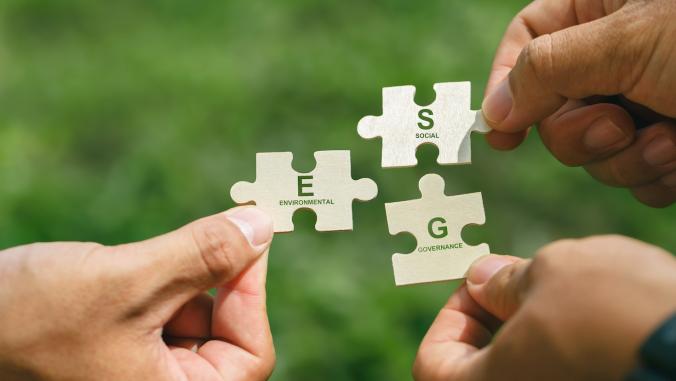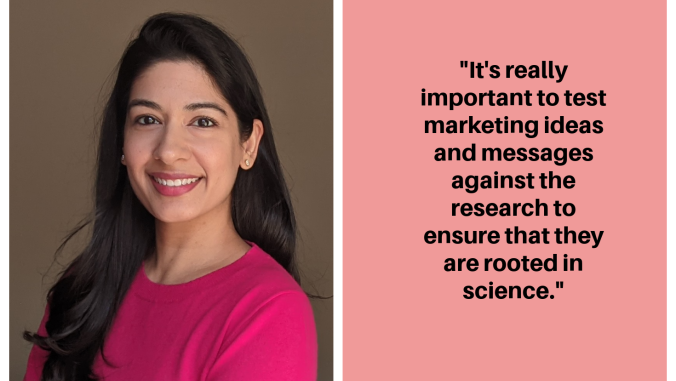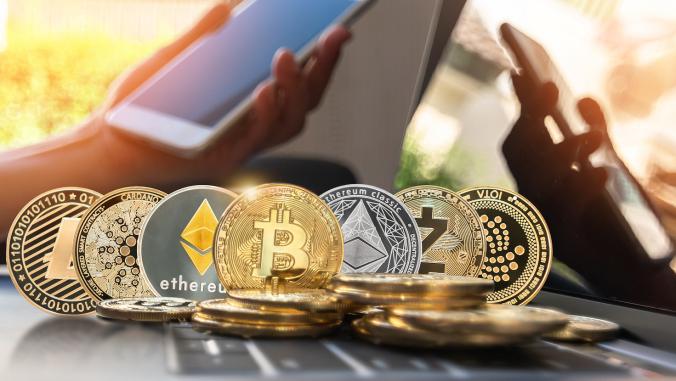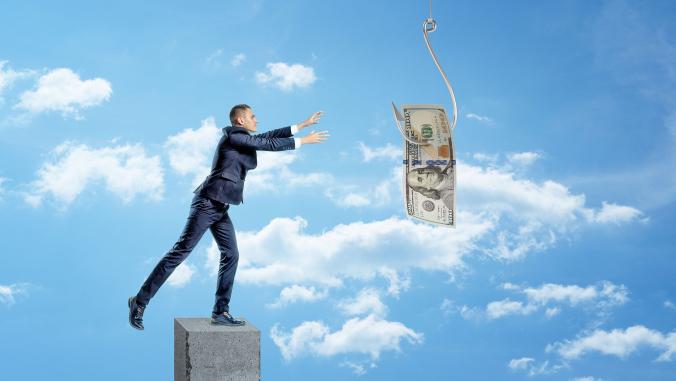What goes in the toolbox?
<p>Three government programs that are here to help.</p>

As a sustainability practitioner, I am glad to facilitate a discussion today about the value of I-O psychology in embedding sustainability into organizations, particularly mainstream companies. Based on my six-year practice in sustainability consulting, and my combined 18 years of experience in management consulting and communications, I recognize a great need for organizational development expertise in this arena.
Leadership is the key determinant of whether sustainability becomes rooted as a core value in any given organization. For sustainability to flourish, it must be embedded into human resources. Even projects based on good intentions and credible tools will flounder without engaging influencers and managers at all levels in the process. The recent SIOP Leading Edge Consortium on environmental sustainability is a rare opportunity to explore the human element in all the depth it deserves. As we exchange ideas for how to use I-O psychology to create a culture of sustainability, it is helpful to also consider the ways that a burgeoning green ethos can be acted up and expressed to maximize bottom-line or “triple-bottom line” benefits.
A quality sustainability program may include a variety of components. While no single template applies to every organization, a good program will generally touch on five key areas:
1. People
2. Facilities
3. Operations
4. Products
5. Brand
In my experience, the “people” aspect is frequently bypassed too quickly. Tactical issues and budget constraints often take priority. Consequently, where a culture is not properly prepped for change, project results are more incremental than transformational. This reality strongly limits progress, and exposes an area of sustainability that could benefit abundantly from organizational development expertise.
Image of globe with tools provided by kelttt/Shutterstock
Whether designing a program from scratch, scaling or refining an existing program, or conducting research on organizational sustainability, it is helpful to understand what established sustainability tools are most useful and how they work in practice. Among the many programs out there, the EPA has created several that, when used alone or in combination with each other and outside resources, can act as building blocks for a solid sustainability program. These programs make excellent sustainability “starter kits”—foundational, user-friendly, standard yet flexible:
-
EPA ENERGY STAR. Launched in 1992, ENERGY STAR is a joint program of the U.S. Environmental Protection Agency and the U.S. Department of Energy. ENERGY STAR offers resources and support to help organizations measure and track energy use; develop a plan for energy improvements; make energy efficiency upgrades; and spread the energy efficiency word to others. ENERGY STAR has partners with over 20,000 private and public-sector organizations across all industries through a variety of initiatives that address facilities, products and behavior. Key tools include the Portfolio Manager for buildings, a comprehensive communications toolkit, turnkey marketing collateral, energy education training, and other materials to help companies of all sizes set up and run a Green Team.
-
EPA Waste Wise. Launched in 1994, Wastewise helps organizations and businesses reduce waste and practice sustainable materials management through the prevention and recycling of municipal solid waste (common business waste such as office paper and cardboard) and select industrial materials. Partners demonstrate how they reduce waste, practice environmental stewardship, and incorporate sustainable materials management into their waste-handling processes. Endorsers promote enrollment in WasteWise as part of a comprehensive approach to help their stakeholders realize the economic benefits to reducing waste.
- EPA Green Power Partnership. The Green Power Partnership is a voluntary program that encourages organizations to buy green power as a way to reduce the environmental impacts associated with purchased electricity use. Benefits include tools, support, credibility, and public recognition. The Partnership currently has more than 1,300 Partner organizations voluntarily purchasing billions of kilowatt-hours of green power annually. Partners include a wide variety of leading organizations such as Fortune 500® companies, small and medium sized businesses, local, state, and federal governments, and colleges and universities.
By its nature, sustainability is interdisciplinary, so most tools touch on a variety of functional areas. However, certain types of employees will find certain tools more relevant. For example, operations staff will see the value of the ENERGY STAR Portfolio Manager, while HR and Marketing staff might get more excited about the Green Team materials. For smaller enterprises, the EPA programs offer meaningful credentials to tell a green story and for larger organizations, they are a credible component of the overall program.
Some employees prefer to tackle fun, creative activities such as community gardens, green fairs at work and technology-based sustainability engagement programs. While such initiatives add seasoning, they should be combined with a “meat and potatoes” metrics-based approach for tracking tangible progress within an industry-recognized framework. Some of the most popular programs include the Global Reporting Initiative, the Carbon Disclosure Project, and the B Corp Impact Assessment. Another promising new framework for voluntary reporting is the Plastic Disclosure Project. Such tools provide a consistent “track to run on,” which is critical for embedding sustainability.
Tools used within your program should reflect the intentions and goals of the people who are defining sustainability for the organization. For this reason, it is imperative to identify Why and Who before determining What and How. There are plenty of choices available, but there remains a great need for leadership in applying them for maximum benefit. Tapping into people’s latent talent for innovation and their motivation to solidify and expand on their results is next frontier in organizational sustainability
As a practitioner, I’m looking forward to some interesting exchanges at the conference so that I can learn how to apply I-O psychology for greater success with my clients. I’m glad to facilitate this live blogging session to kick off the conversation.
What would you like to get out of the conference? What other programs do you think are useful? Do you have some research to contribute? Submit your questions - or provide some new answers of your own in the comments section below.





